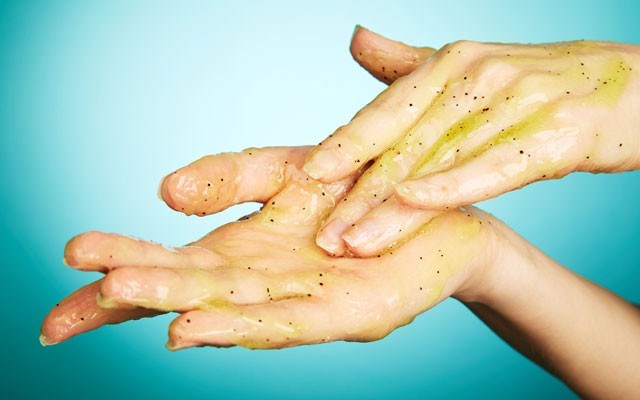This last week saw both Orca and Humpback whales return to Howe Sound to hunt and explore the waters.
It also saw the release of a new report by the Vancouver Aquarium Marine Science Centre, which found that plastic fibres and particles in West Coast waters are being consumed and passed up the food chain by tiny marine creatures that apparently mistake them for food.
For the most part these microscopic particles do not make it into the flesh of the fish we eat, but there can be no doubt that they are impacting the ocean-going sea life.
The fish and mammals consuming these particles are not going to grow as big as there is no food value in plastic, the plastics are likely leeching chemicals into the marine animals as well, and they could cause digestive blockages (documented in corals).
According to the study adult salmon returning to the Strait of Georgia may be consuming up to 91 plastic particles a day by eating plankton, juveniles leaving fresh water may be eating up to seven particles a day, while a humpback whale could ingest more than 300,000 particles a day.
The microplastic particles likely come from multiple sources including decaying fish and fish-farming gear, cloth made from synthetic materials (imagine the lint in your dryer heading out to sea in the rinse), abrasives for industrial purposes and in personal care products such as toothpaste, skin cleaners and cosmetics, and even the fragmentation of larger plastics dumped into the oceans.
The larger plastics decay and break down into tiny particles that are consumed by plankton, which themselves are consumed by whales and other fin fish.
The study focused on the Strait of Georgia, West Coast Vancouver Island, Haida Gwaii and mid-Pacific. Disturbingly, the highest concentration of ingested plastics for both species of plankton was found in the Strait of Georgia, a critical feeding ground for young fish before they leave for open water.
Previously an investigation found that the concentration of microplastics in seawater was up to 20 times higher in the Strait of Georgia than offshore.
And it's not just at the microscopic level that plastics are having an impact.
We've all seen the disturbing images of sea bird carcasses, their decaying guts filled with the plastic detritus they think is food (go to Seattle photographer Chris Jordan's website if you haven't —www.chrisjordan.com/gallery/midway).
A United Nations expert panel tasked with protecting the global marine environment has called for immediate action to rid the oceans of tiny plastic particles.
These microplastics are defined as plastic particles ranging from 5mm down to 1nm. They are not biodegradable.
As it is generally accepted that we can do little about the plastic in the oceans right now the joint group of experts on the scientific aspects of marine environmental protection (GESAMP) for the UN is recommending that nations around the world focus "urgent" efforts on reducing plastics entering the ocean by following the 3Rs — reduce, re-use, recycle.
Some areas are taking the threat more seriously than others. In jurisdictions around the Great Lakes, which are suffering greatly from these microplastics, legislation is being introduced to ban or phase them out.
Research by the 5 Gyres Institute found an average of 43,000 beads per square kilometre in the Great Lakes, with concentrations averaging 466,000 near cities. Tests on fish from Lake Erie found an average of 20 pieces of plastic in medium-sized fish and eight in small fish.
The state of Illinois is leading the way in the U.S. by banning all microplastics in personal care products and cosmetics by 2019. California and New York are pursuing similar measures.
Studies such as these heighten our awareness around how we use materials such as plastic and also the choices we make as we shop.
Several giants amongst the corporations that produce plastic products are looking at it and have made commitments to phase our microbeads in personal care products.
Shoppers can make a choice as well — don't buy products that contain them.
We have created the problem; therefore we need to come up with the solution.




